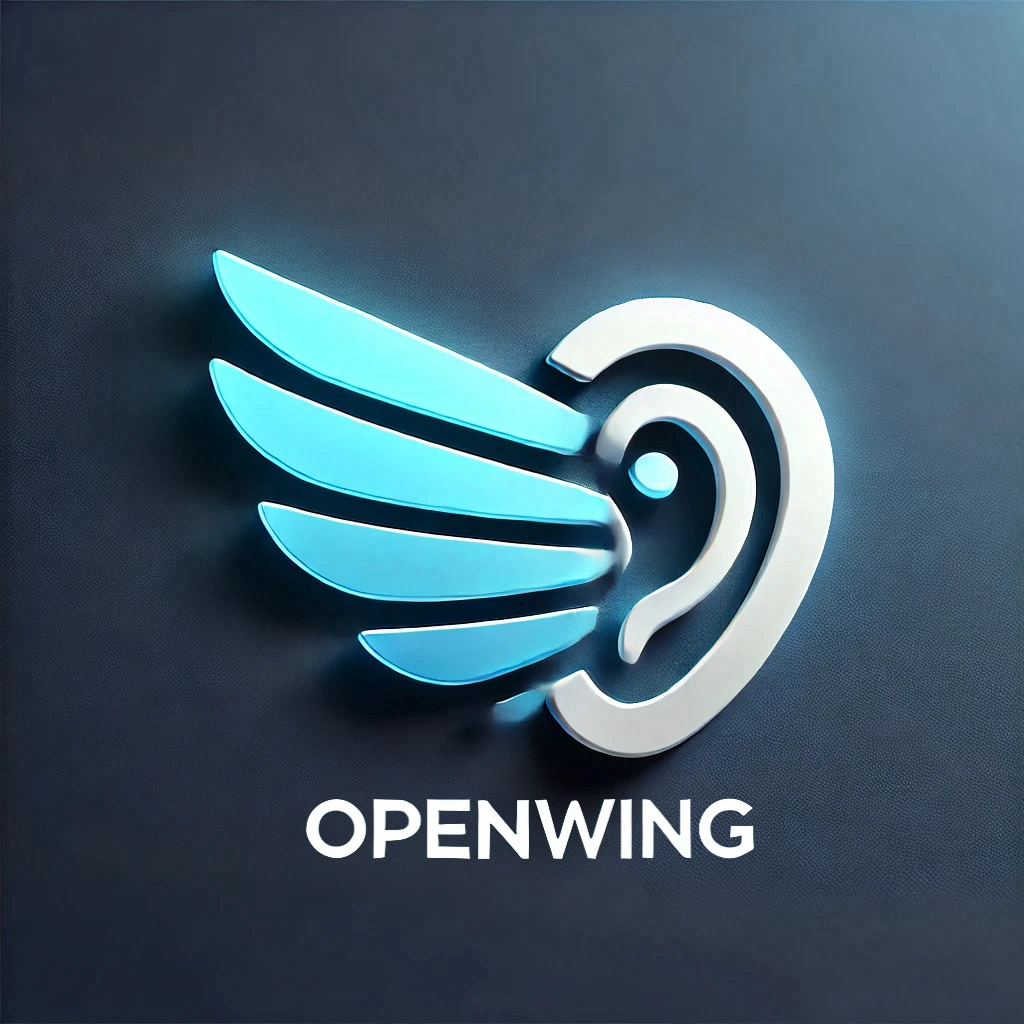The dynamic landscape of sports is undergoing a transformative shift, thanks to the groundbreaking advancements in generative artificial intelligence (AI). A recent market research report from The Business Research Company delves into the intricate details of the global market size, growth trajectories, regional distributions, competitor strategies, segmented analyses, current trends, and burgeoning opportunities in the realm of generative AI in sports.
The current size of the generative AI in sports market is set to soar exponentially over the next few years, with projections estimating it to reach an impressive $0.58 billion by 2028. This expected growth marks a remarkable compound annual growth rate (CAGR) of 27.8%, driven by several key factors, such as advancements in computer vision, the advent of customized training programs, real-time decision support tools, the enhancement of fan experiences, and the global proliferation of sporting events. The integration of emerging technologies, such as wearables, stands out as a major trend in the forecast period, offering countless opportunities for sponsorship, revenue generation, injury prevention, and rehabilitation.
Industries are abuzz with enthusiasm as major companies like Google LLC, Amazon Web Services (AWS), Intel Corporation, and NVIDIA Corporation anchor their positions in this rapidly evolving market. In addition, notable companies such as Baidu Inc., Stats Perform Group LLC, and Catapult Sports also hold significant stakes, each pushing the envelope with innovative technologies and solutions that underscore the limitless possibilities of generative AI in sports.
Strategic collaborations are becoming increasingly pivotal in driving this technological revolution. For instance, a notable partnership between Globant, LaLiga Tech, and Microsoft leverages AI and blockchain technologies to elevate sports data management and improve fan engagement. This collaboration illustrates the profound impact of generative AI, not just in enhancing competitive performance but also in revolutionizing the entire sports ecosystem.
The market segmentation paints a diverse and vibrant picture, covering various sports types, including football, tennis, cricket, basketball, hockey, and golf. Deployment models range from on-premises to cloud-based solutions, and applications extend to performance analysis, game strategies, sports equipment design, and beyond. This wide-ranging applicability underscores the versatility of generative AI, which is swiftly becoming an integral component of modern sports strategies.
Chapter by chapter, the comprehensive report provides an insightful analysis of the drivers and restraints shaping the market’s historical and forecast periods. It extensively covers the competitive landscape, detailing the strategies, products, and services of key market players. A regional and country-specific analysis further illuminates the geographical distribution of market forces, while the forecasted trends and opportunities offer a glimpse into the future potentials of generative AI in sports.
In conclusion, generative AI is not just an auxiliary tool but a game-changer that is redefining the sports industry. It enhances fan engagement, opens new revenue streams, and elevates the overall experience for fans and athletes alike. The continuous evolution and integration of this technology ensure that it will remain at the forefront of sports innovation, driving unprecedented growth and opportunities in the years to come. Stay ahead of the curve by accessing the detailed market analysis and uncovering the immense potential that generative AI holds in shaping the future of sports.

